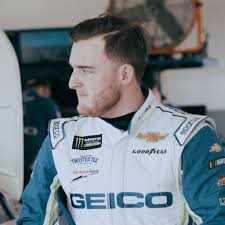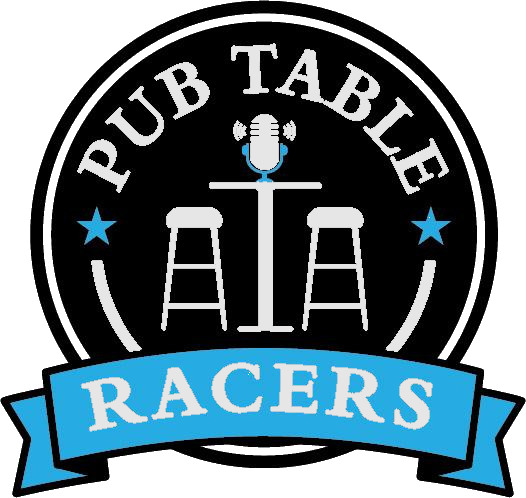MOORESVILLE, N.C. – When there are 40 teams racing for one checkered flag in each NASCAR race, only one driver will earn the trophy, check and most of the attention.
This year, Kevin Harvick and Denny Hamlin have ruled the highlight reels with the wins and dominant runs. However, there is a group of teams seeking the eyeballs and measured metrics of TV coverage to maintain and attract needed sponsorship.
They aren’t the Joe Gibbs Racing, Hendrick Motorsports, Team Penske or Stewart-Haas Racing teams and drivers who seem to always race their way on to your TV, into your radio or onto your internet screens. Teams like Go Fas Racing, Front Row Motorsports and Germain Racing are just looking for a little recognition and attention for what they do week in and week out to continue racing.
During a recent teleconference with the media, Ty Dillon voiced what many of the teams racing in the 15th on back positions are experiencing. Dillon has driven the No. 13 Chevrolet for Germain the past four seasons.
He and team owners know they have to work three times as hard to race extra well and garner the exposure to keep them competitive on the track and with sponsors.
“We have to do everything it takes,” Dillon said. “We have to do it as media, as drivers and as a sport in general. We have to help these middle and back-end teams have more exposure and more time, and stop being so heavily focused on the top three cars running every week.
“There are stories to tell with drivers like myself, who race from 25th to 18th. There’s a huge story to tell within those races. There are big wins for those teams that never get mentioned.
“We can’t just keep focusing on the big-end teams and the guys running up-front week in and week out.”
Dillon has won his share of races during his Richard Childress Racing days in the Xfinity and Gander RV & Outdoors Series races. His jump to Cup was through Germain’s affiliation with RCR.
Having been around the sport his entire life, Dillon does have praise for it now, and in regards to the future.
“There are good things happening in the future with our sport that are supposed to cut costs,” Dillon said. “I think we have to stay with the model we’re running and learning with right now in NASCAR with these single-day shows. It’s saving a ton of money and helping teams like us.
“If we can show up and race on race day, or maybe do a 15-minute practice session on race day where we shake down our cars and we only have to bring one car to the race track, and buy less tires and don’t have to hotel rooms and rental cars… there’s so much expense we save over time.
“Then you have a car with more common parts that’s supposed to be cheaper in general coming in 2022. You can start seeing teams like our team, get to the level that we need to be. And that’s where NASCAR has to get to.
“Or else, it’s unfortunately going to continue to go the way that we’ve seen for the last couple of years where you have teams that just can’t hang on anymore. They can’t survive in this kind of environment. So, I believe in our sport and the direction it is going.”
Making Dillon and Germain’s weekly battle even tougher is being a single-car team. Yes, the RCR affiliation does have benefits when it comes to chassis, parts and information.
However, when it comes to race day, the No. 13 Chevrolet team doesn’t have a teammate to lean on for information and share technology like the multi-car teams.
“It’s very hard nowadays in NASCAR for a single car team with less funding than other teams,” said Dillon, brother of fellow racer Austin Dillon. “You have to be efficient. You have to do things right and sometimes that comes at a cost of development.
“You can’t afford to go out and crash four or five weeks-in-a-row because you don’t have enough cars. The model is very tough right now for single-car teams. I’m hoping NASCAR is going to change it and help on it.
“It needs to change for one-car teams to be more successful that haven’t already been at the top level of the sport, or have an incredible amount of money to leapfrog into the top spot. If you don’t have three or four teams to spread the wealth with big name sponsors and a lot of money behind the effort, it’s just not a model that’s going to survive long tea.”
David Hyatt, former president of MRN Radio, used to tell the race day talent that every driver has at least one fan. This was his way of reminding them to spread the coverage among all teams and not just the top runners.
“We can only get better as a sport if we all get better,” Dillon said. “So, if we want the sport to thrive, it takes a lot of focus throughout the field.”


